
Ambient music is an atmospheric genre that emphasizes tone and mood over traditional musical structures.
If you’re an experienced producer or just curious, understanding ambient music can open new creative avenues.
In this article, we’ll explore:
- what ambient music really is;
- its history;
- key characteristics behind this unique genre;
… and a lot more! So let’s get started.
What is Ambient Music?
Ambient music creates immersive soundscapes. It focuses less on melody and rhythm, prioritizing feelings and imagery.
Some people might call it “background music”, but it’s far from simple. It’s more intricate and nuanced.

Ambient music often serves as a backdrop, enhancing the listener’s environment without demanding their full attention. This quality makes it suitable for studying, meditating, or simply relaxing. Think of it as the opposite of say… Dubstep 😅
At its core, ambient music is about creating a sense of place. A good Ambient track should transport you to a different world. This is often achieved through the use of field recordings, such as waves or wind in a forest.
The lack of a strict structure also allows these sounds to evolve naturally.
Instead of crazy leads, ambient music will often feature a single sustained note or a distant echo. Ambient music is all about subtlety.
A Brief History of Ambient Music
Brian Eno is a pioneer of this genre. He is the one who popularized it in the 1970s.*
In particular, his 1978 album, Ambient 1: Music for Airports, is iconic.

It features slow, evolving soundscapes designed to be as ignorable as they are interesting. However, ambient music’s roots are deeper, influenced by earlier electronic and minimalist compositions.
The true origins go back to the early 20th century with the advent of electronic instruments.
Composers like Erik Satie and John Cage began exploring the idea of music as an environmental experience, rather than a structured performance. Satie’s concept of “furniture music,” designed to be heard but not actively listened to, laid the groundwork for the ambient genre.
In the 1960s, composers such as Philip Glass focused on repetitive, slowly evolving patterns. This influenced the ambient music to come.
After Brian Eno’s groundbreaking album, new artists began exploring the genre. In the 1980s and 1990s, artists like Aphex Twin and The Orb brought ambient music to wider audiences. They blended ambient’s atmospheric qualities with elements of techno, house, and dub, creating a more rhythmic and accessible form of the genre.

Today, ambient music remains as popular, with one of the biggest DJs and producers of 2024, Fred Again, releasing a full ambient album with Brian Eno.
Characteristics of Ambient Music
If you’re looking to make this genre yourself, then you’re in luck. We’ve actually written a full guide on how to make ambient music right here, so check it out.
If you want the TL;DR, or just want to be able to recognize this genre, then read on 👇
The drums
Surprise! Ambient usually doesn’t feature any drums 😊
Traditional rhythms are minimal or absent. This is to put the focus on evolving textures and tones. If there are any rhythmic elements, they are extremely subtle. These might include the softest kick you’ve ever heard, or some gentle shakers washed out in reverb. The use of non-traditional percussion instruments, such as shakers or metallic sounds, can also contribute to the ambient texture.
Pads and atmosphere
The goal is to create a mood. This is why pads and atmospheres are the cornerstone. This can range from serene and meditative to eerie and unsettling.
Looking to create your own, unique pads? Check out this video on our YouTube channel:
Field recordings in ambient music
Environmental sounds, often referred to as “foley” features prominently. Water, wind or birdsong enhance the immersive quality. They add an organic layer to the electronic textures.
These sounds are often processed and layered with electronic elements so that they blend into the track seamlessly.
This will often make the music feel more grounded and connected to the real world.
Bass
Bass is usually subtle and deep, providing a foundation to the whole track. Rather than a distinctive bassline, the bass is an integral part of the layers of atmosphere. This means you don’t notice the bass outright when listening to the track.
Sub-bass frequencies can add warmth and fullness, while higher bass notes might be used to create a gentle, pulsing rhythm.
Keys and Synths
Piano is one of the most commonly used instruments in ambient music. It can either add a melodic element or provide rhythmic punctuation. Soft, sustained notes and chords are common, often played with a lot of reverb to create a sense of space.
A commonly used piano is called the “felt piano”:

This type of piano provides a rich, organic sound.
Synthesizers are also frequently used. Analog and digital synthesizers alike are used to create evolving soundscapes. Modulating parameters such as filter cutoff, resonance, and envelope settings can result in dynamic, shifting tones that keep the listener engaged.
Effects
Effects are crucial in shaping the sound of ambient music.
Reverb, delay, and modulation effects are used extensively to create depth and movement.
Reverb can make sounds feel like they are occurring in a vast space, while delay can add rhythmic complexity. Modulation effects, such as chorus and flanger, can make sounds richer.
Ambient Music Artists to Check Out
If you’re looking to dive deeper into ambient music, here are some essential artists to check out.
Brian Eno
Just in case you’ve jumped directly to this section, let’s talk about Brian Eno again.
Brian Eno is often credited as the godfather of ambient music.
Albums like Ambient 1: Music for Airports and Ambient 4: On Land are essential listening for anyone interested in the genre. Eno’s innovative use of generative music techniques and his collaborations with artists across various genres have made him a pivotal figure in music history.

Aphex Twin
Richard D. James, known as Aphex Twin, is another key figure.
Albums such as Selected Ambient Works Volume II explore dark, intricate soundscapes.
Aphex Twin’s ability to blend ambient elements with more experimental and electronic styles has earned him a reputation as a boundary-pushing artist.
Boards of Canada
This Scottish duo creates music that’s nostalgic and emotionally resonant.
Albums like Music Has the Right to Children feature lush, analog synths and strong melodies.
Boards of Canada’s use of vintage equipment and their distinctive production techniques have made them influential figures in the ambient and electronic music scenes.

William Basinski
Famous for his Disintegration Loops series, Basinski’s work explores the passage of time and the fragility of memory. His use of decaying tape loops creates hauntingly beautiful soundscapes. The emotional depth and conceptual nature of Basinski’s music have made him a respected figure.
Huerco S.
Huerco S. produces ambient music with a lo-fi aesthetic, blending elements of house and techno with atmospheric textures. His album For Those of You Who Have Never (And Also Those Who Have) is highly regarded in the community.
Last Words on Ambient Music
That’s it for this guide! Hopefully, you now have a better understanding of what ambient music is, and who to check out.
And if you’re interested in making music like this, make sure to grab our free sample pack below!

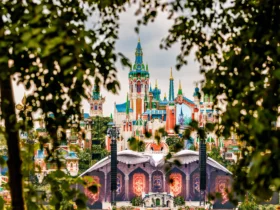
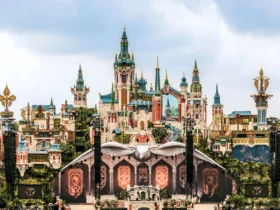
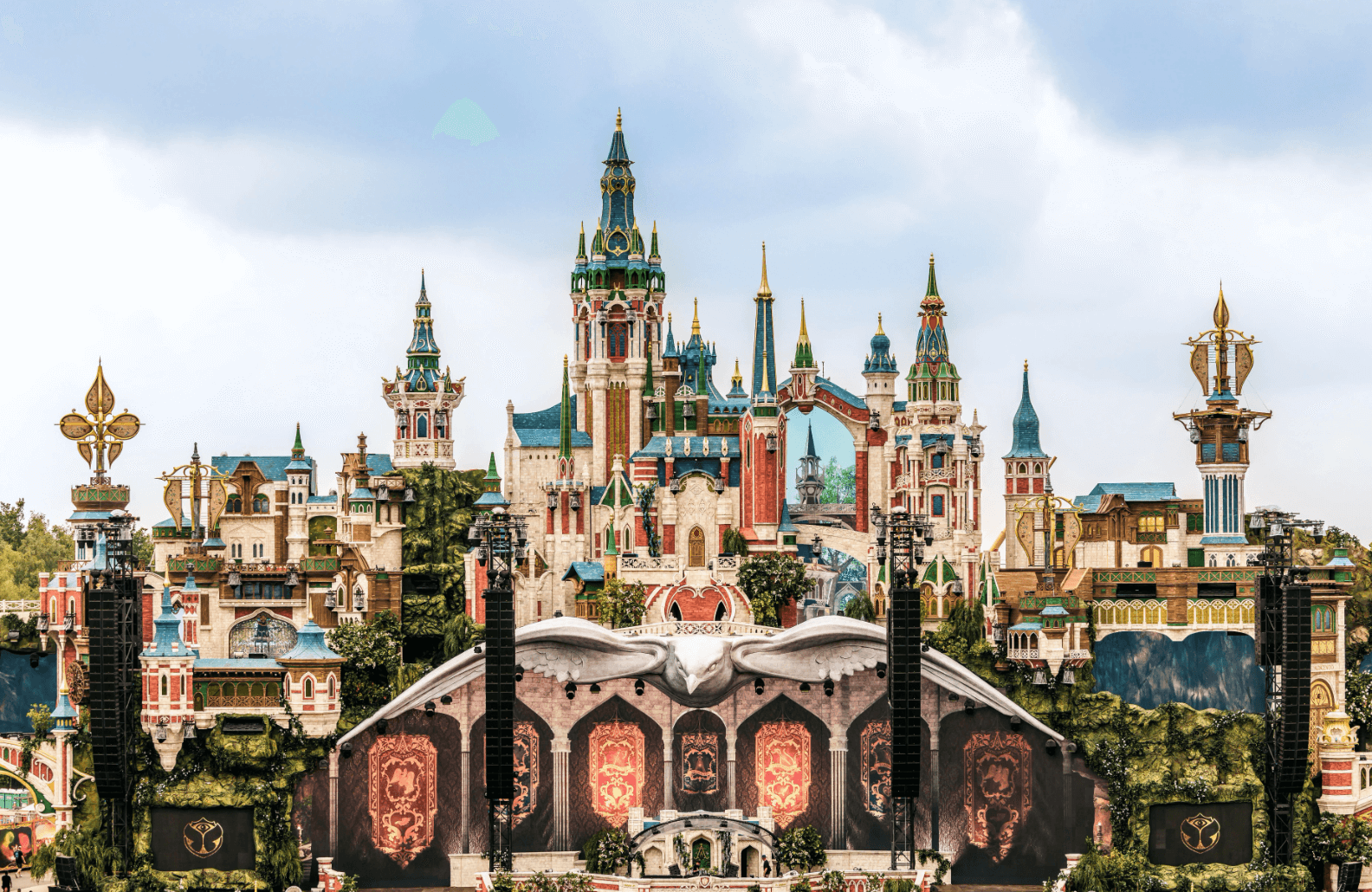
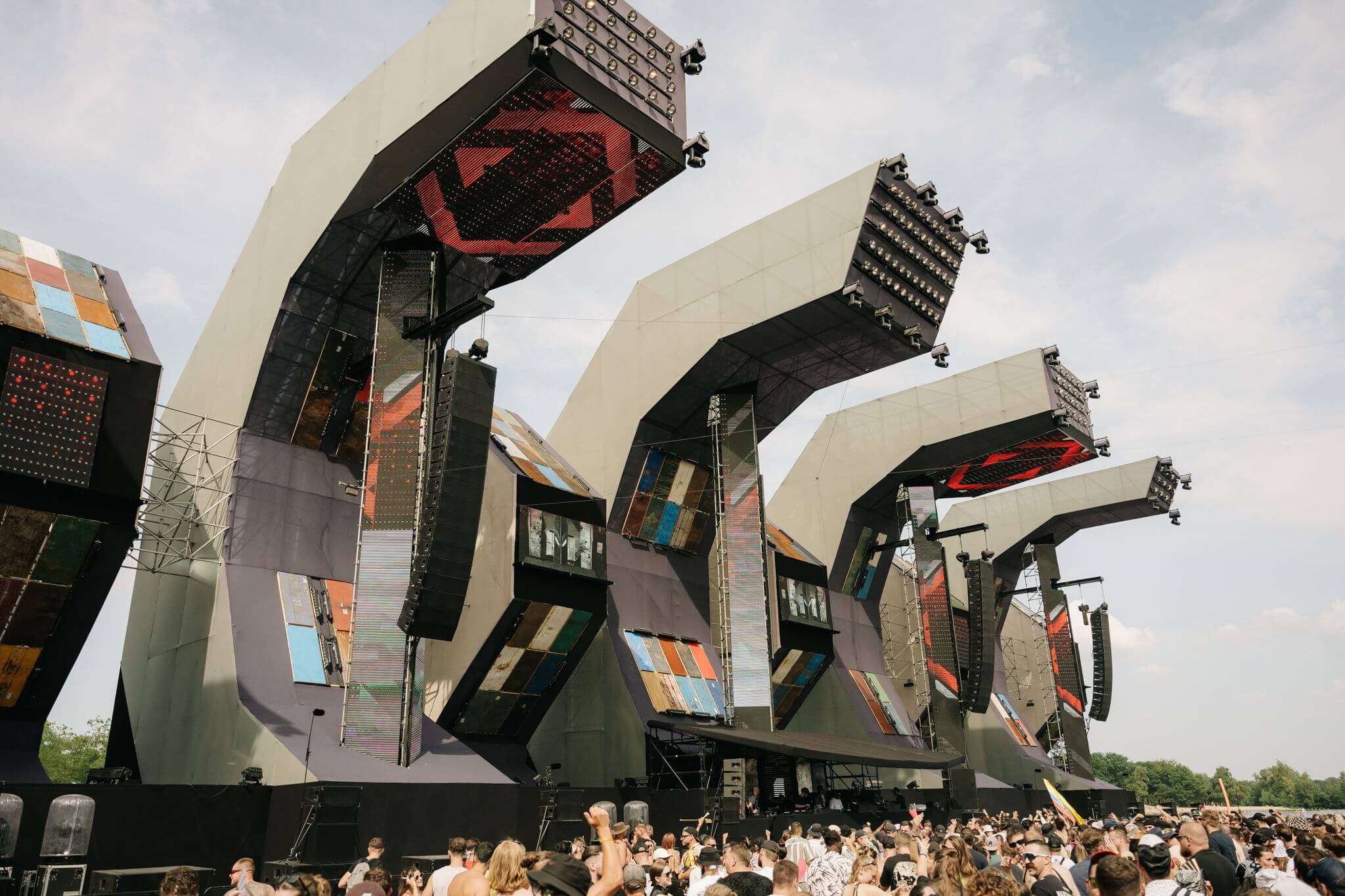

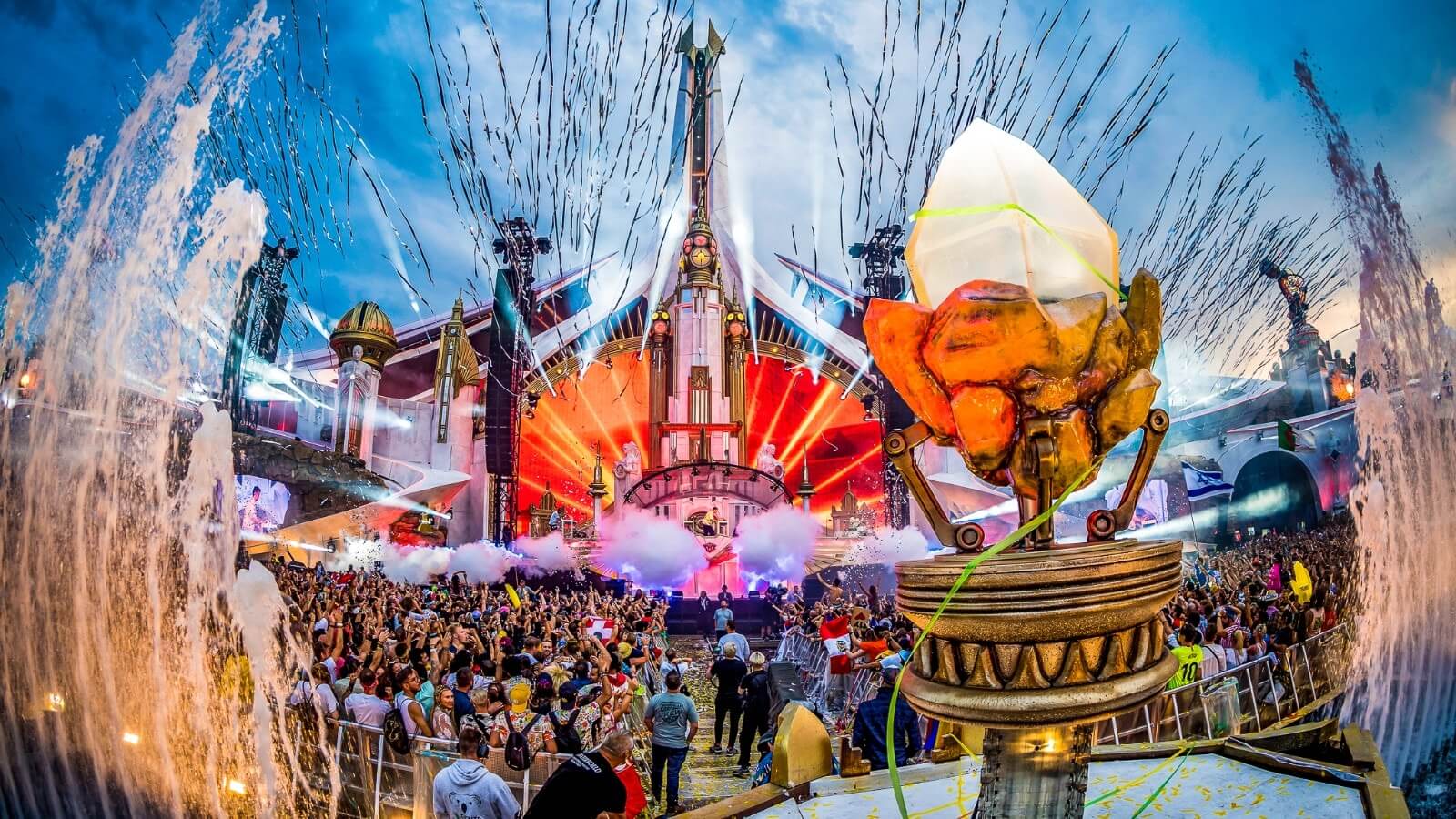
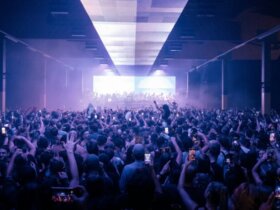
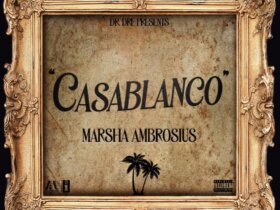
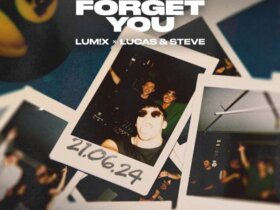




Leave a Reply